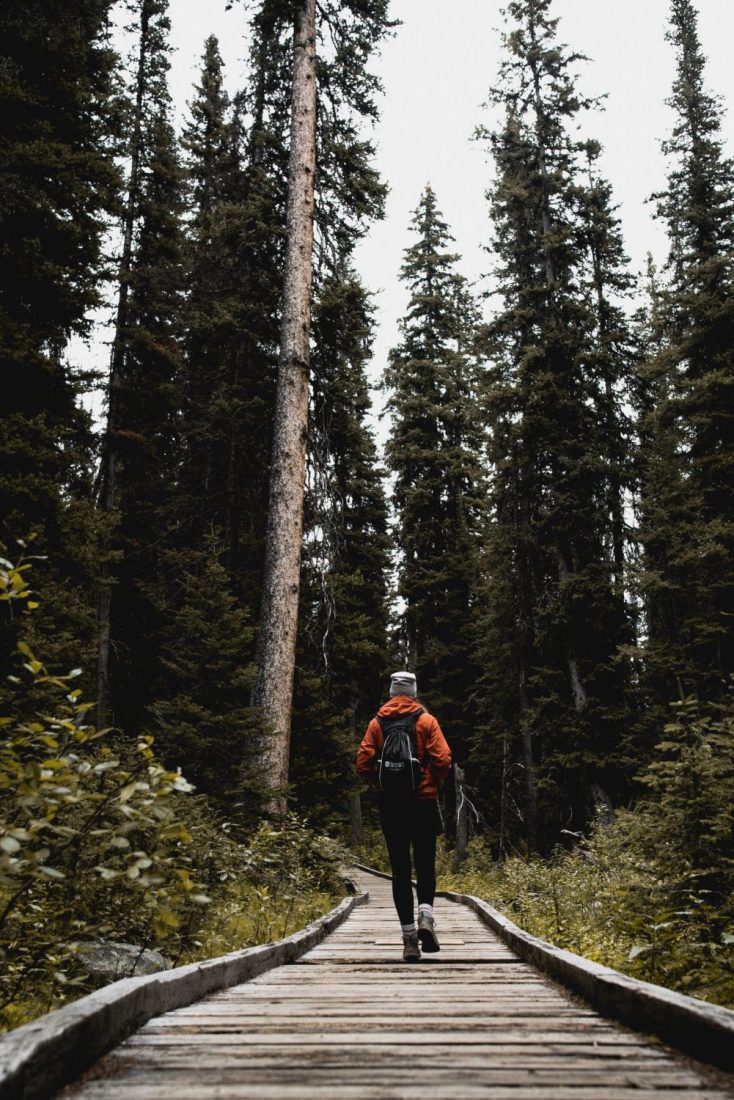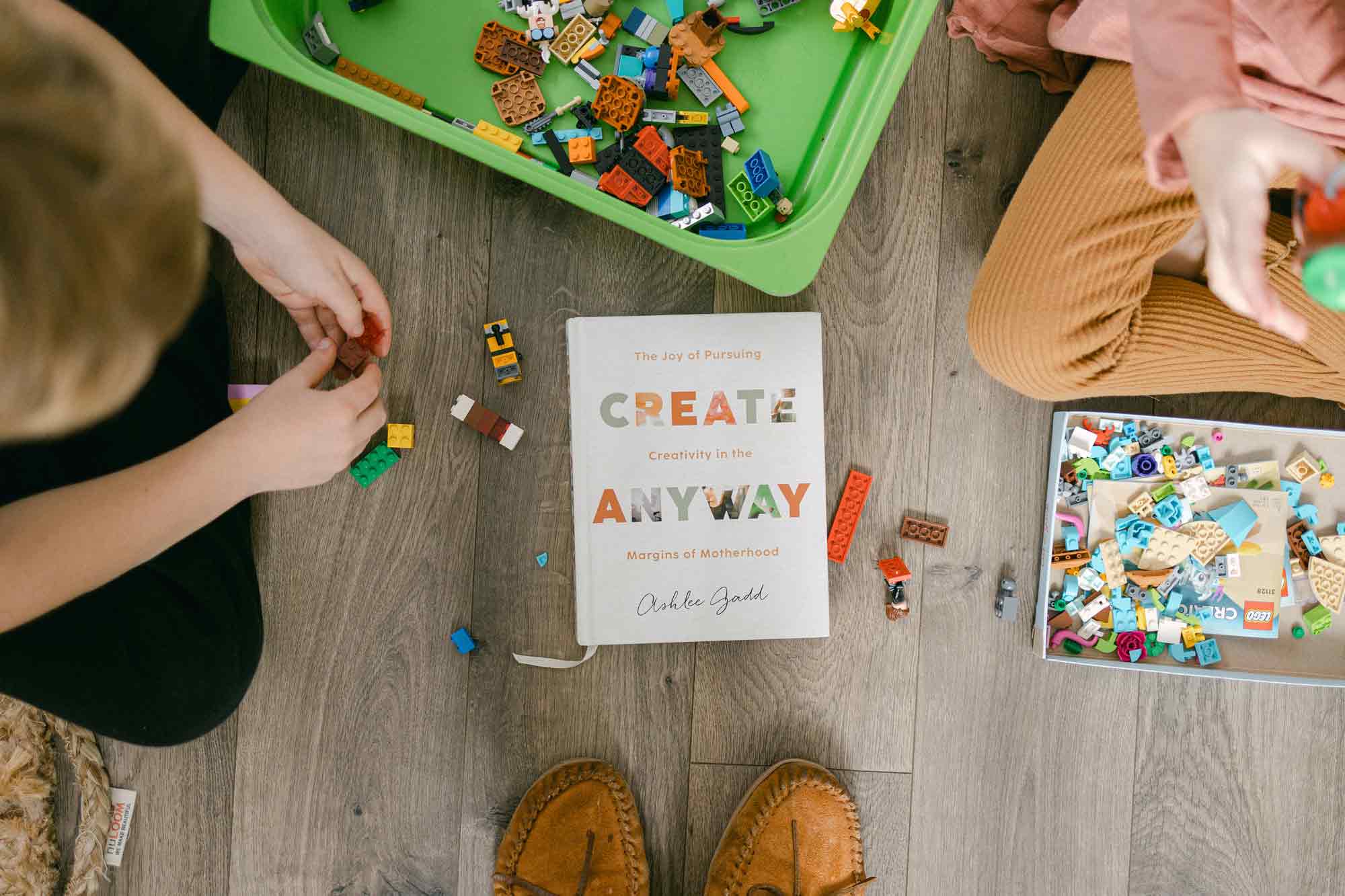This year, we commemorate 50 years of Earth Day, a celebration of our planet and all its beauty. And it all started half a century ago on April 22, 1970––a day that launched the modern environmental movement, according to the Earth Day Network.
Usually, it would be a day dedicated to exploring the great outdoors. However, with the recent COVID-19 pandemic affecting the global population, stay-at-home orders are in effect to maintain social distancing and prevent the spread of the virus.
But this doesn’t mean Earth Day is canceled. On the contrary, there are still plenty of safe ways to connect with nature during this crisis. Here are just a few:
1. Start a home garden.
Use this extra time at home to start a garden in your backyard or patio area—a mini-garden in your kitchen works too! Everything you need for your garden can be ordered online, and you can get started upon delivery. Plant your favorite fresh herbs, veggies or fruits, and get growing.
Once they’re ripe and ready, you can use what you harvest to cook a healthy family meal. And if you have more fruits and vegetables than expected, consider donating some of it to a local food bank.
With spring in full bloom, flowers and other plants are a great addition to your garden, too. And they’re good for bees and other beneficial pollinators.
Do your research, then tailor your garden to what you like and what works best for you.
Check out this step-by-step guide to starting your own garden.
2. Take a hike.
If permitted in your area right now, go hiking to soak in what nature has to offer. But do so with caution. Always practice social distancing, and avoid crowded or busy trails.
Explore trails you haven’t already tackled, or challenge yourself with hikes that are little more difficult than what you usually do.
Be sure to stop every once in a while and really absorb your surroundings. Take in the beauty of the nature around you.
3. Explore your neighborhood.
Get some fresh air and enjoy the outdoors by taking regular walks, running or bicycling around your neighborhood. Again, be sure to adhere to social distancing while outside.
Be present in the moment. Really let the sights and sounds of nature consume you. If you plan your excursions at the right time, you might be able to catch the beautiful views of the sunrise or sunset, too.
4. Have a nature-centered movie night.
Plan a movie night with everyone in your household and watch a nature documentary together. There’s plenty to choose from, across multiple streaming platforms.
Once you’ve picked a feature film, break out the trail mix, and learn about the remarkable things our planet has to offer. Immerse yourself in the documentary, and really examine the themes it’s trying to get across.
You’ll be amazed at all the things you didn’t know about nature already.
Look through this list of nature documentaries for ideas of what to watch.
5. Host a scavenger hunt.
This is the perfect way to connect your kids with nature in a fun way. And you don’t even have to leave your home to do it—a backyard or patio area will do. For an added layer of fun, add it to a neighborhood walk.
Create a unique scavenger hunt for your kids to explore and learn about the outdoors. Include items to find, like leaves, flowers, insects, sticks or rocks (Pinterest is a great resource for ideas). Explain what each item is, and the role it plays in the ecosystem.
Then, at the conclusion of the activity, ask your kids what they enjoyed most about nature and what their favorite item to find was. They’re stimulating their minds while engaging with the world around them outdoors.
6. Go backyard-camping.
Get all your camping gear out and set up in your backyard—tents, sleeping bags and all. Play fun outdoor sports and games, get out the grill and barbecue, sing camp songs and set up a campfire to roast marshmallows.
Then, when it’s dark enough outside, look up at the sky together and do some stargazing. Marvel at the beauty of the night sky, its stars and the moon.
Make happy memories in nature that you’ll always remember fondly—despite everything going on in the world right now. Joyous moments will get us through the tough times.
7. Tap into your artistic side.
As you spend time outside on your neighborhood walks or in your yard, keep an artistic record of the things in nature that stand out the most to you—the mountains, the trees or the colorful sky. If anything stands out to you, illustrate it in the creative medium you prefer.
If you draw, sketch it. If you paint, create a nature-focused masterpiece. If you’re into photography, have an outdoor photoshoot in your backyard. Connect with nature to make amazing art.
8. Do your part—even at home.
Yes, you’re at home. But there’s still plenty of ecofriendly steps you can take to support the environment.
Be more mindful about your waste, and recycle whenever possible. This is a good opportunity to teach your children about the importance of recycling, too. Teach them how they can do their part, and set a good example along the way.
Make energy conservation a priority as you spend more time indoors. Turn off lights, televisions and other electronics that aren’t in use. You’ll be helping the environment and saving money at the same time.
Consider donating to wildlife or eco-friendly causes or organizations. Find something about the planet you’re passionate about, and show your support.
While we’re limited in where we can spend our time at the moment, nature really is all around us. These are just a few of the plentiful ways we can connect with what the Earth has to offer us, while still complying with social distancing recommendations.
So, get outside and enjoy nature—on Earth Day and beyond.
Do Good:
- Visit westernusa.salvationarmy.org to find The Salvation Army nearest you.
- Give to support the fight for good in your community.
- Do you have a hard time telling people what you do, or what you’re passionate about and why? Ever stared at a blinking cursor, unsure of what to say or where to start? Or do you avoid writing altogether because you’re “not creative enough”? Take our free email course and find your story today.













